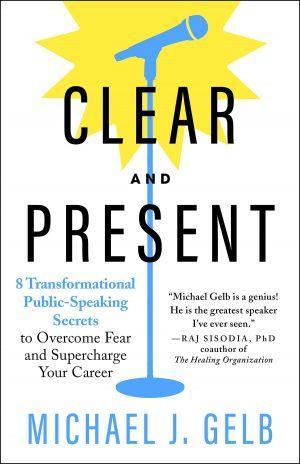Doctor Cat
0,00 €
| Publication date | |
|---|---|
| Language of origin | |
| Infos : | 224 pages |
Therapy on Velvet Paws
Purring from heart to heart
Can cats understand us? Is the most independent animal among our companions really willing to respond to humans? They are masters of perception. Hardly any other animal has a finer sensorium. They hear, smell, see and feel many times better than a human being can sense another – even more so when someone needs help.
When a person is out of balance, the cat senses it immediately. The authors develop and implement this potential in their daily work. According to the latest scientific findings, the diversity of the therapeutic effect of cats on humans goes far beyond the confirmed effect of purring. The authors report on what a cat can give to sad, traumatized people with well-founded theory and lively practice. Cats can do much more than we thought. And your own cat can learn more than we could ever have imagined.
Zink: Dr. Cat – Provisional table of contents (June 2025)
Contents
Experts Foreword
Foreword
0 How did Dr. Cat come to be?
0.1 Why cat therapy – a special form of animal-assisted therapy
0.2 How is cat therapy integrated at the Lichtblickhof etc. / introduce the Lichtblickhof
- The miracle cat
1.1 The peculiarity of the cat – an outline through history
1.1.1 What myths surround them
1.1.2 What stories are there? Examples of famous cats
1.1.3 Why we keep cats
1.2 The cat and its healing powers
1.2.1 The magic of purring / physical effects
1.2.2 Relationship between cuddling and happiness hormones / psychological effects 1.3 Therapists: Jonathan and Falkor
1.4 Finnegan & the tomcats: an approach
- The cat and us
2.1 A special bond: cats and us
2.1.1 Living together: what cats can do as pets
2.1.2 Bonding between humans and cats
2.1.3 Seeing the world through the eyes of cats
2.2 Learning to understand each other
2.2.1 How the cat thinks and sees us
2.2.1 How we can interpret cat language
2.2.3 Communicating via voice board
2.4 Finnegan & the tomcats: a first understanding
3 Healing velvet paws: How cats become therapists
3.1 What is therapy with animals/cats? How is it used
Confidential Review Material © Benevento Publishing 2025
Zink: Dr. Cat – Provisional table of contents (June 2025)
3.2 Why train a cat at all? Are cats teachable at all?
3.3 Requirements for the cat. What qualifies a cat to be a therapy cat? 3.2.1 Requirements for the cat
3.3.2 Requirements for the owners
3.4 Training therapy cats
3.5 Finnegan & the tomcats
- Beyond therapy: the healing effect of Dr. Cat
4.1 Tips and tricks for the “therapy” cat at home
4.2 Cat therapy in research
4.3 Animal welfare and consent
What if the animals are not feeling well / What to look out for / How to react What if patients don’t feel well / What to look out for / How to react What if the cat does not want to be a therapy cat
When an abortion is advisable and how to support it well
4.4 Finnegan & Hangover
Outlook
Bibliography
Confidential Review Material © Benevento Publishing 2025








